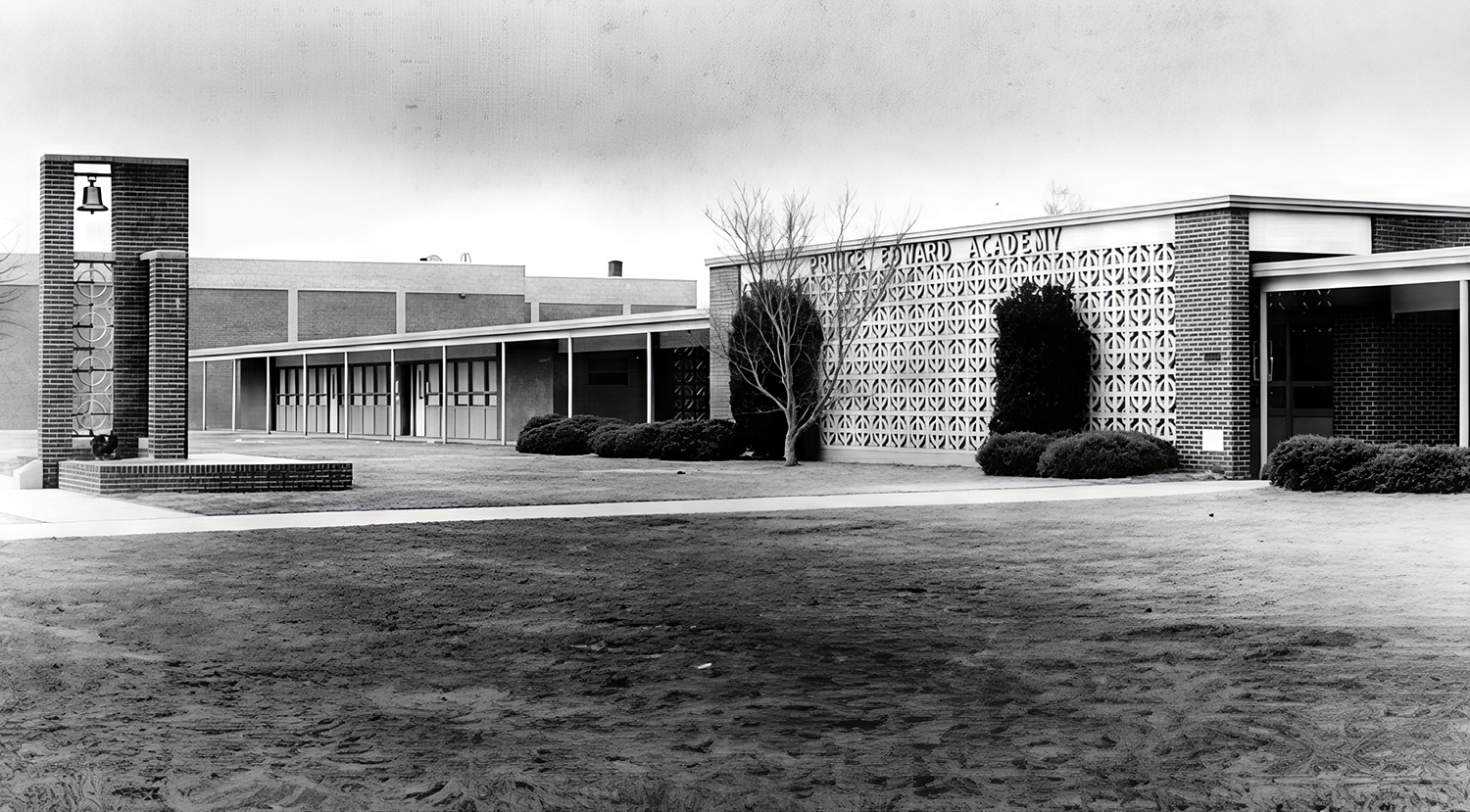RESOURCES
PLACES
Prince Edward Academy
In response to the Supreme Court’s 1954 Brown v. Board of Education decision, which mandated the desegregation of public schools, Prince Edward County, Virginia, took one of the most extreme stances in the South. Rather than integrate its public schools, the county chose to close them entirely in 1959—a decision that would last for five years. As white families scrambled to find alternatives, local leaders quickly mobilized to establish a private, segregated alternative: Prince Edward Academy. Opened in the fall of 1959, the academy was designed explicitly to educate white children outside of the integrated public school system.
The creation of Prince Edward Academy was rooted in a well-coordinated political strategy by segregationist officials and community members who supported Virginia’s policy of Massive Resistance. Many of the county’s political leaders, including members of the powerful Byrd Organization, helped shape the legal and financial mechanisms to support the academy. Public funds were indirectly diverted to the school through state tuition grants, which allowed white families to pay for private education with taxpayer money—while Black children were left without any formal education. The academy operated out of temporary facilities at first but quickly secured land, buildings, and strong support from white residents determined to preserve segregation.
The local Farmville business elite, civic leaders, and church figures played critical roles in sustaining the academy. Some even promoted it as a patriotic alternative to what they framed as “forced integration,” using coded language to maintain racial exclusion under the guise of parental choice and educational freedom.
Prince Edward Academy would not admit a Black student until 1986, long after most other Southern private schools had begun to integrate. Today, the former Prince Edward Academy operates as Fuqua School, a private institution that has attempted to distance itself from its segregationist roots, though its history represents a critical chapter in the story of Massive Resistance in Virginia.
